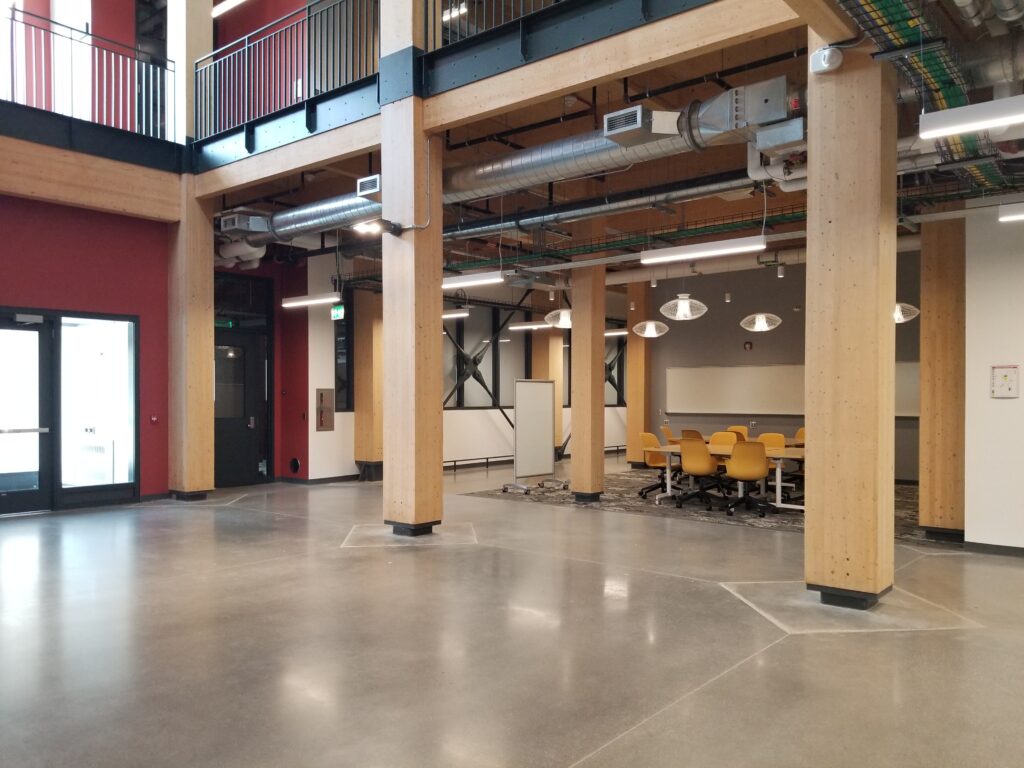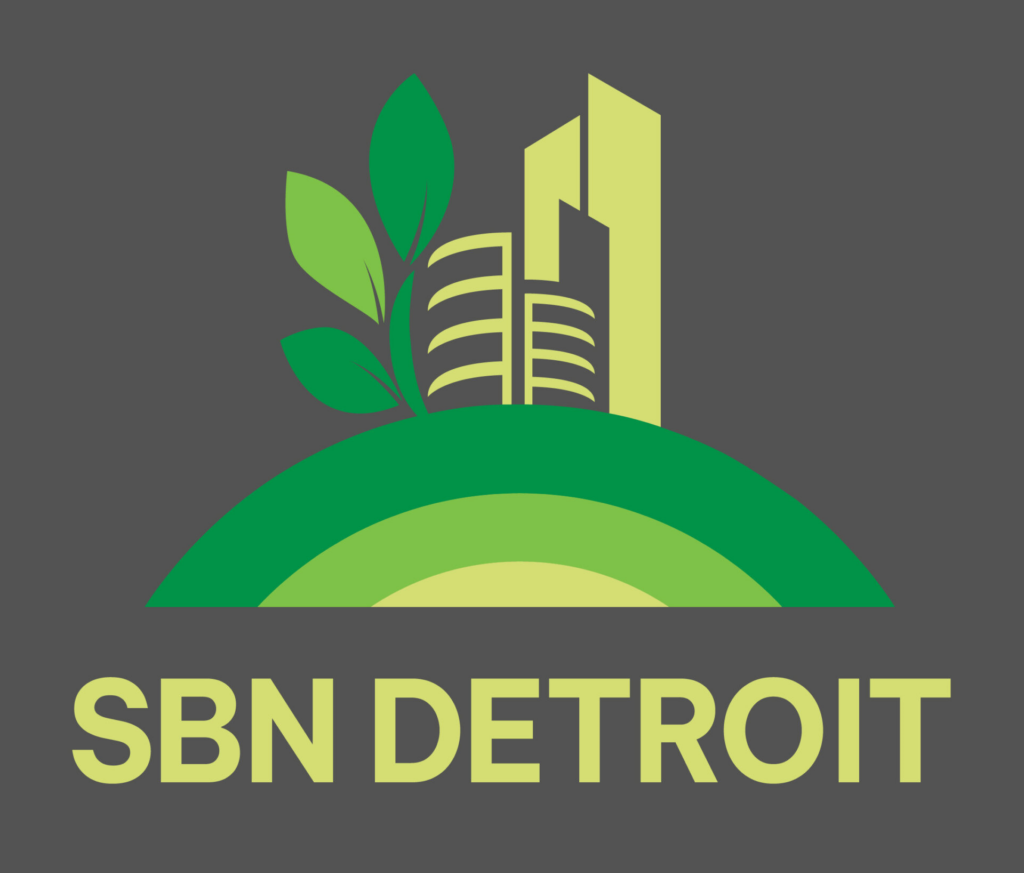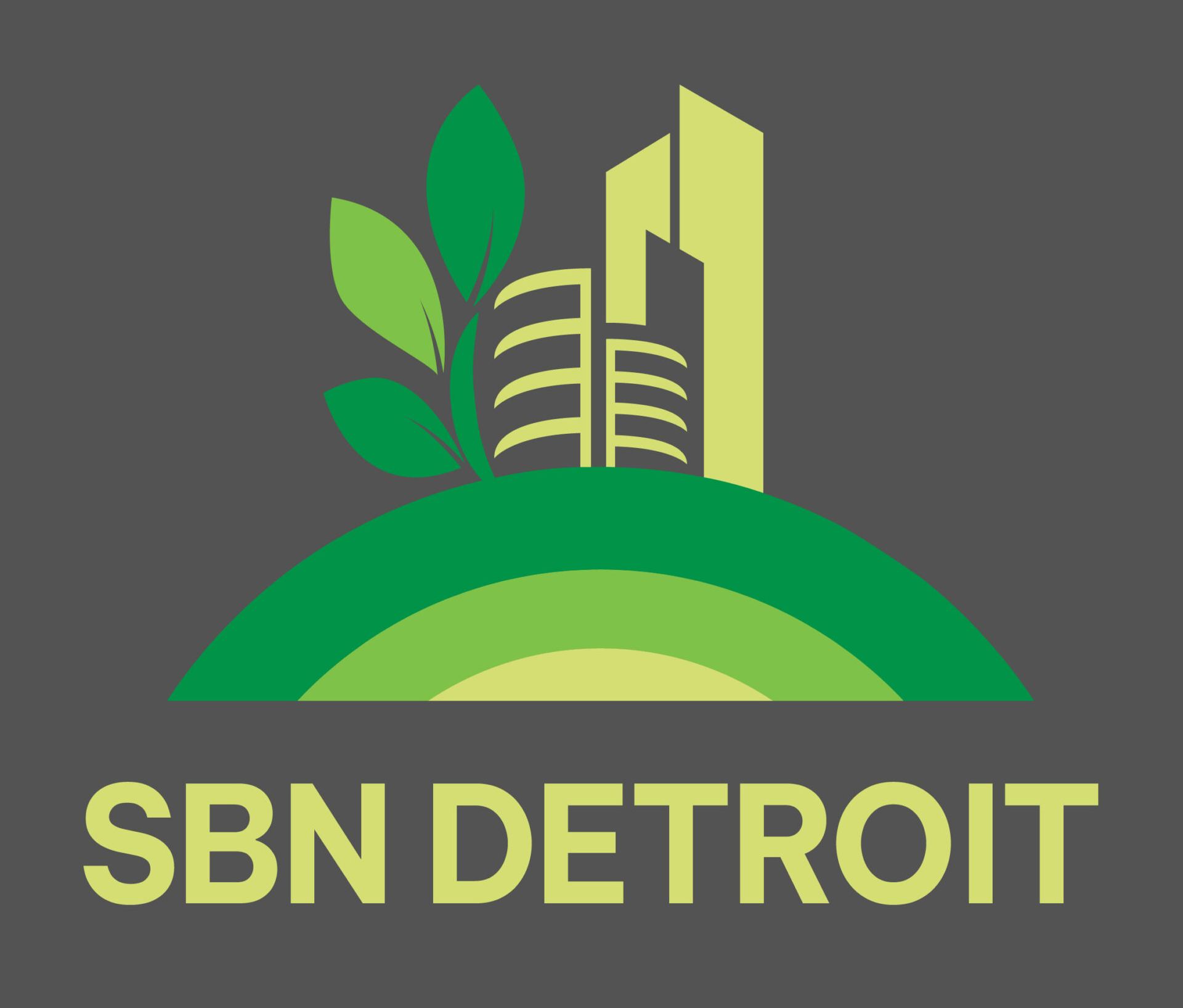Building with Purpose

MassTimber@MSU is a cross-disciplinary initiative at Michigan State University dedicated to advancing mass timber construction and manufacturing in Michigan. Collaborating with partners across construction, forestry, development, and state agencies—including the Michigan Department of Natural Resources—the initiative leverages MSU’s land-grant mission through research, teaching, stakeholder engagement, and policy development to build a sustainable mass timber future for the state. SBN Detroit interviewed Sandra Lupien, Director of MassTimber@MSU, about the environmental, economic, and design implications of mass timber and the growing momentum behind the material in Michigan and beyond. Q: What is the MassTimber@MSU initiative, and what inspired its creation? A: MassTimber@MSU is a collaboration across MSU’s School of Planning, Design and Construction, Department of Forestry, and MSU Extension. We work with partners across the state—including construction professionals, foresters, community and development organizations, and state agencies like the Michigan Department of Natural Resources—to advance mass timber construction and manufacturing in Michigan. Our approach reflects MSU’s land-grant mission: research, teaching and curriculum development, stakeholder engagement, and policy exploration that could support mass timber adoption. Since I started in this role in July 2021, momentum is growing. There are now more than 65 mass timber projects in the pipeline in Michigan. The STEM Teaching and Learning Facility on MSU’s campus, which is the second building in the state to use cross-laminated timber (CLT), helped demonstrate what’s possible. And we’re now seeing serious interest from prospective producers who are looking to locate in Michigan. Q: What are the environmental benefits of mass timber in terms of sustainability, carbon reduction, and climate resilience? A: This is exactly what drew me to mass timber. It’s a tool in our toolkit to reduce carbon emissions, support sustainable communities, and help foster healthier, more resilient forests. Globally, the built environment accounts for about 39% of greenhouse gas emissions—28% from building operations and 11% from construction materials like concrete, steel, and glass. These materials are essential, but they’re energy-intensive to produce. Wood, by contrast, is a renewable resource that stores carbon. When we use wood in construction, we’re not only lowering a building’s embodied carbon footprint—we’re also locking that carbon into the structure itself. At MSU, the STEM Teaching and Learning Facility contains roughly 3,000 cubic meters of mass timber, which stores about 1,856 metric tons of carbon dioxide equivalent. That’s comparable to removing the emissions from 4 million miles driven by an average car. Mass timber buildings, in this way, become carbon storage banks. On the forestry side, we know that many forests evolved with low-intensity natural fires that helped maintain healthy densities. Today, many of our forests are overcrowded, which makes them vulnerable to pests, disease, and catastrophic wildfire. Because of past logging practices and fire suppression, we have an obligation—and opportunity—to steward forests more sustainably. When we do that, we can produce wood that extends the climate benefits of trees, especially if that wood would otherwise decay or burn. Q: How are MSU students and faculty engaging with mass timber—from design to research to real-world application? A: There are three main academic areas deeply engaged with mass timber: Construction Management, Forestry and Biochemistry, and Civil and Environmental Engineering. We have undergraduates, master’s students, and Ph.D. candidates working with faculty on projects across those disciplines. In Construction Management, Professor George Berghorn is developing mass timber curriculum modules that can be used nationally in engineering and construction programs. In Forestry, Professor Mojgan Nejad is doing incredible work on developing bio-based adhesives and coatings for use in mass timber—replacing fossil-fuel-based polyurethane with lignin-based alternatives. She’s actively working toward commercialization. We’ve also done economic research to analyze supply chains and survey demand, which helps inform developers and policymakers. And beginning Spring 2025, we launched a new course focused entirely on mass timber, led by Dr. George Berghorn and tailored for both undergraduate and graduate students. Q: From an economic perspective, how could mass timber help revitalize Michigan’s forestry sector and rural economies? A: We’ve modeled the economic impacts of launching a 50,000-cubic-meter-per-year mass timber manufacturing facility in Michigan. The results are exciting: such a facility would contribute $152 million to the state’s GDP and support 318 jobs. There’s a strong need to find new uses for Michigan wood. With the paper industry in decline and other traditional markets shifting, mass timber presents an opportunity to create high-value products that support Michigan jobs and rural economies. Q: How does the initiative align with Michigan’s climate goals or sustainable development strategies statewide? A: The MI Healthy Climate Plan, which outlines the state’s climate goals, directly mentions mass timber three times—as a key strategy for reducing emissions in the built environment and managing natural lands sustainably. The City of Lansing’s Sustainability Action Plan also highlights mass timber, and East Lansing has even amended its zoning ordinance to incentivize developers to use mass timber and build LEED-certified projects. It’s encouraging to see this kind of policy support—it sends a signal that mass timber can and should be part of Michigan’s climate solution. Q: What does Michigan’s existing forest resource look like, and how does sustainable forestry tie into your vision? A: Healthy, resilient forests are the foundation of everything we do. In Michigan, about 70% of our forest resource is hardwood and 30% is softwood. Most mass timber products currently certified for use in the U.S. are made from softwoods. That said, Michigan does have suitable softwood species. For example, red pine was certified for structural use because the Michigan DNR prioritized using Michigan wood in a customer service building in the Upper Peninsula. That’s a great example of state leadership driving local wood utilization. As the industry evolves, there’s potential to expand the species we can use in mass timber production. Q: Looking ahead five to ten years, what’s your boldest vision for the impact of the Mass Timber Initiative? A: I’d like to see commercial buildings—everything from multifamily housing to community centers to industrial facilities—considering mass timber from the outset, not as a novelty but as a viable, mainstream option. Mass timber


